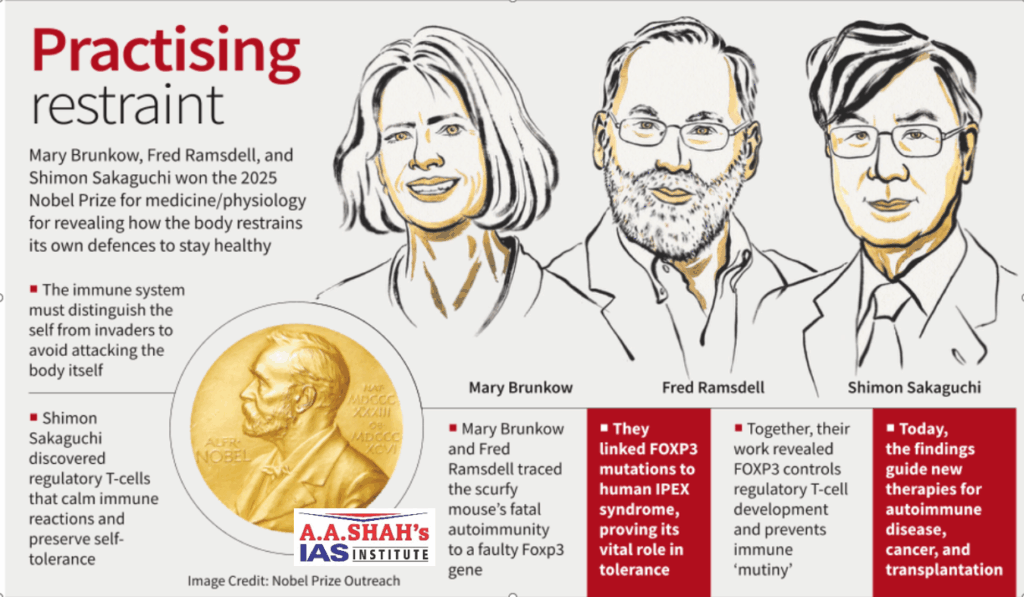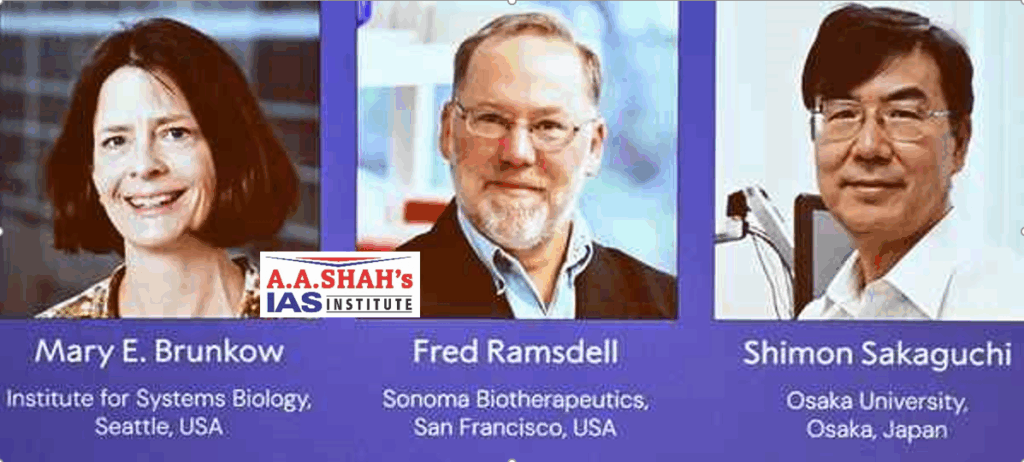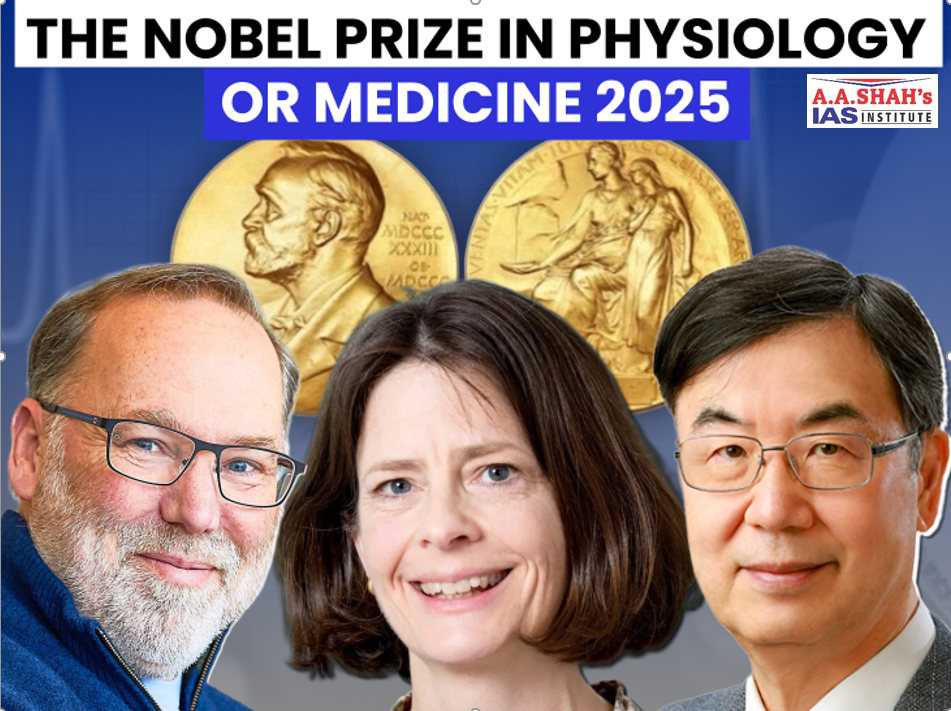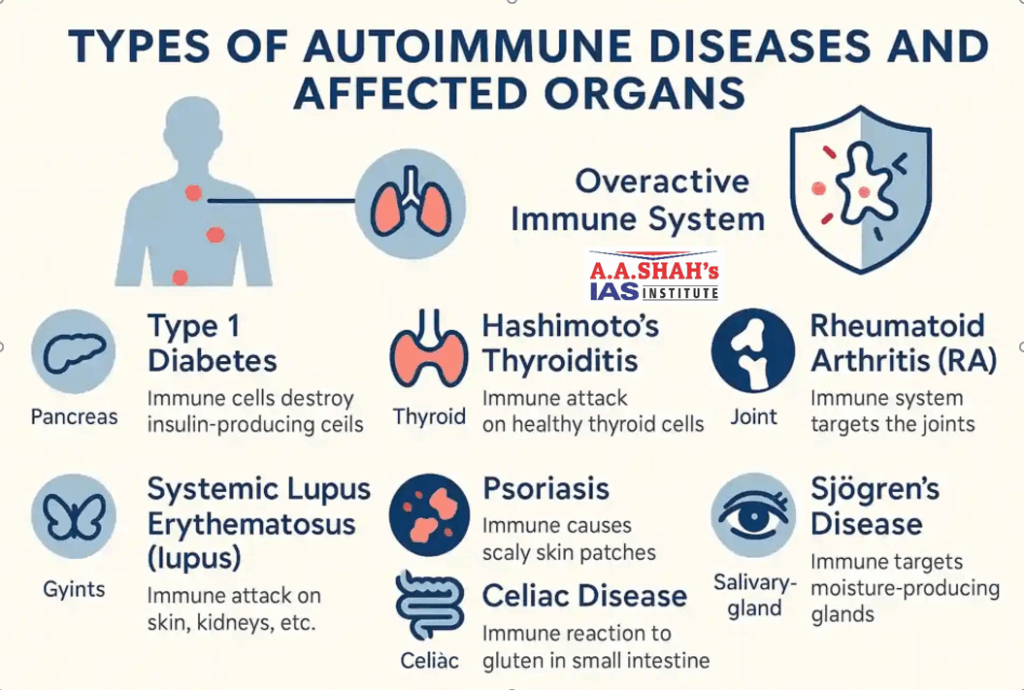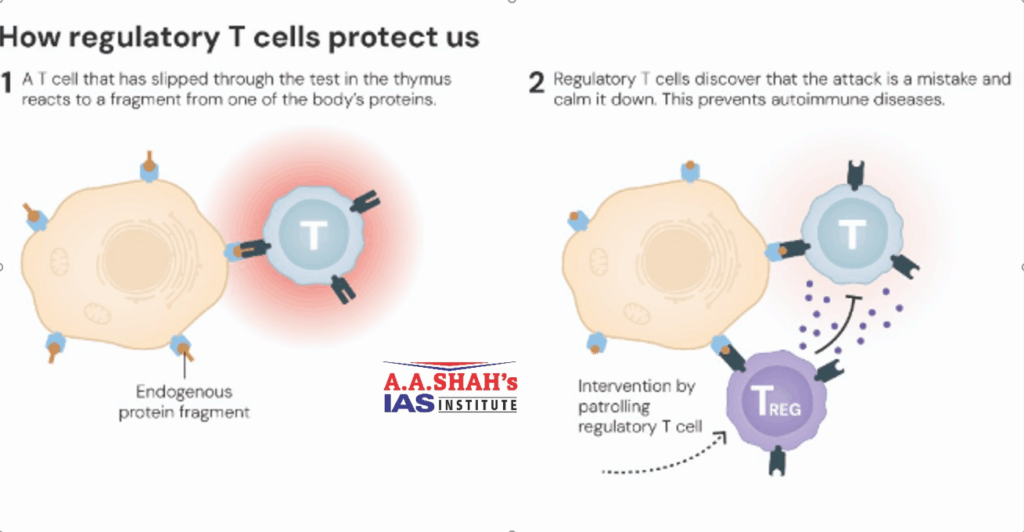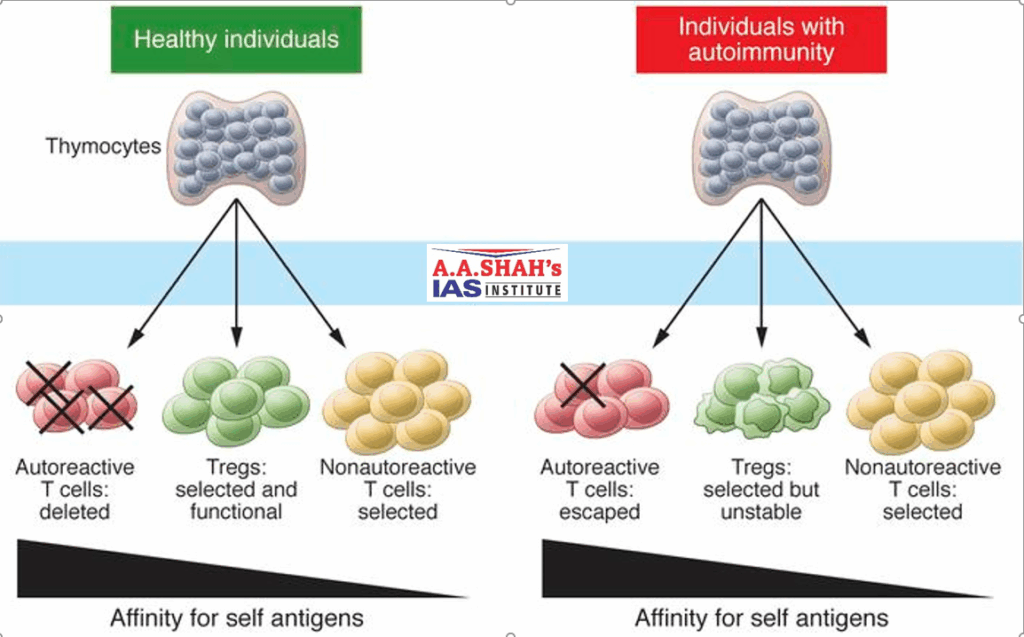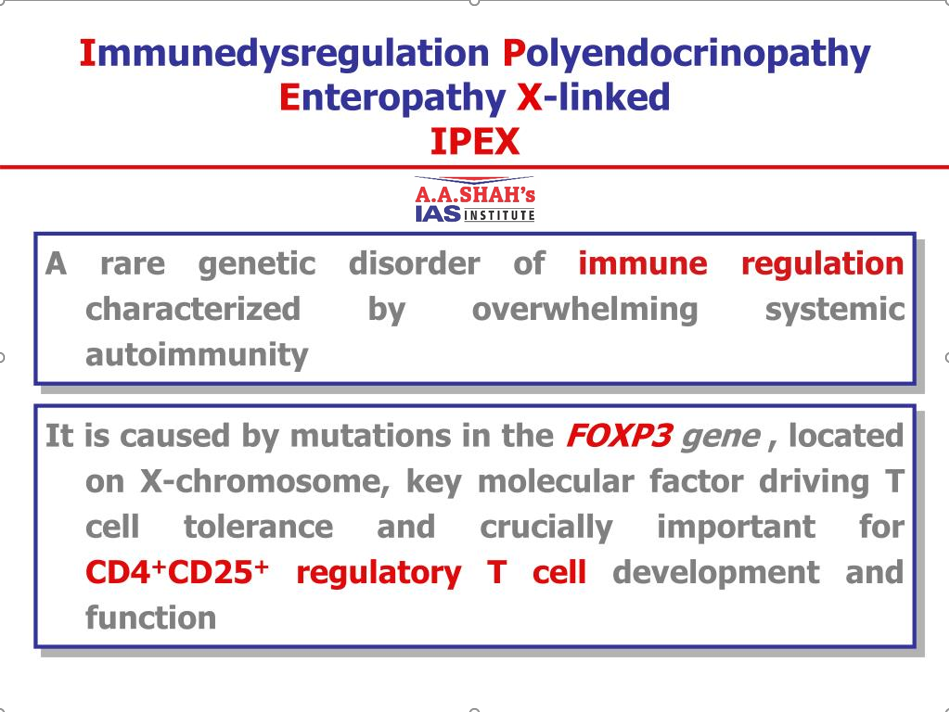2025 Nobel Prize in Physiology or Medicine
S&T – NOBEL
7 OCTOBER 2025
- Three scientists, two Americans and one Japanese, sharED the Nobel Prize in Physiology or Medicine, 2025 for unravelling tantalising aspects of the human immune system.
- Their discovery has helped blaze new paths into treating cancer as well as auto-immune disease — a condition by which the immune system ends up harming healthy cells they are meant to protect.
- Human immune system is a complex of several cells — B cells, T cells, neutrophils and macrophages — that have a role in identifying and eliminating foreign bodies that may bring with it disease.
- This year’s prize to Mary Brunkow, Fred Ramsdell and Shimon Sakaguchi was for discovering the mechanism and key constituents of the so-called ‘peripheral immune tolerance’. The laureates identified the immune system’s security guards, regulatory T cells, (Tregs), which prevent immune cells from attacking our own body.
- Shimon Sakaguchi made the first key discovery in 1995 of regulatory T-cells, which protects the body from autoimmune diseases.
- Mary Brunkow and Fred Ramsdell made the other key discovery in 2001, that mice have a mutation in a gene that they named Foxp3. They also showed that mutations in the human equivalent of this gene triggered a serious autoimmune disease, IPEX.
- Two years after this, Mr. Sakaguchi was able to link these discoveries. He proved that the Foxp3 gene governs the development of the cells he identified in 1995. These cells, now known as ‘regulatory T cells’, monitor other immune cells and ensure that our immune system tolerates our own tissues.
- The laureates’ discoveries launched the field of peripheral tolerance, spurring the development of medical treatments for cancer and autoimmune diseases.
- Several of these treatments are now undergoing clinical trials.
